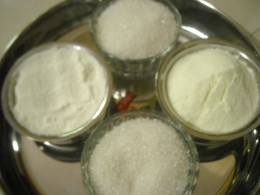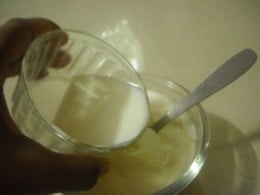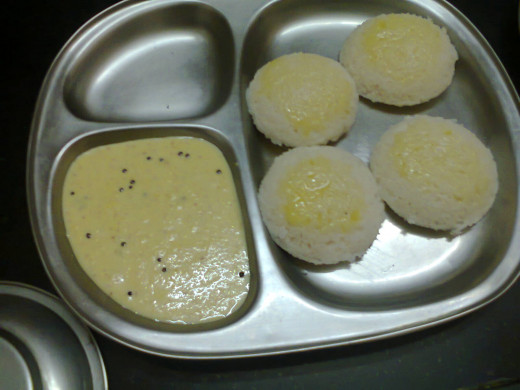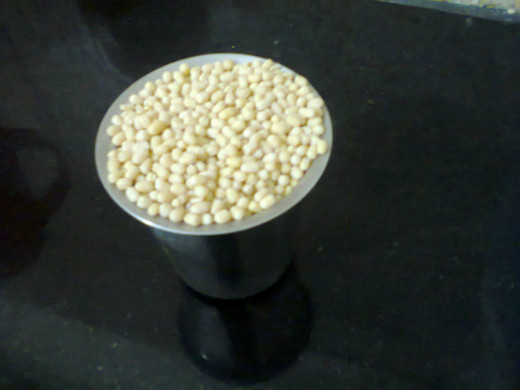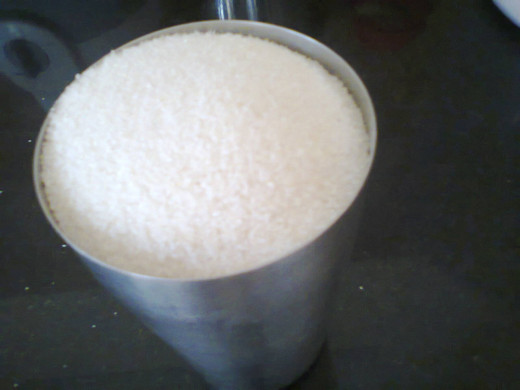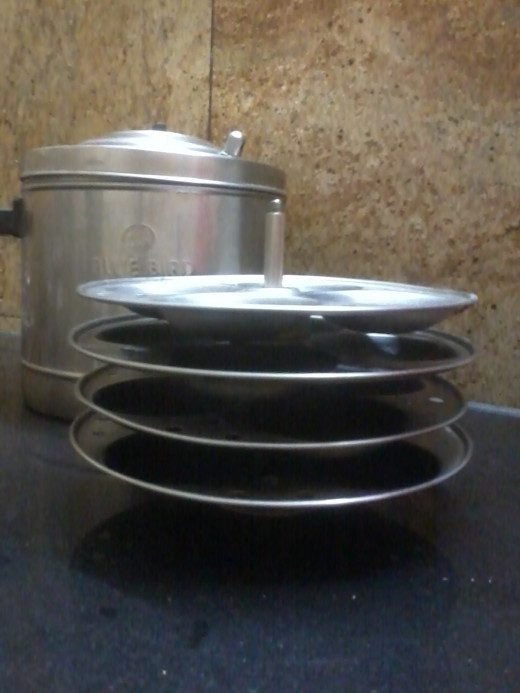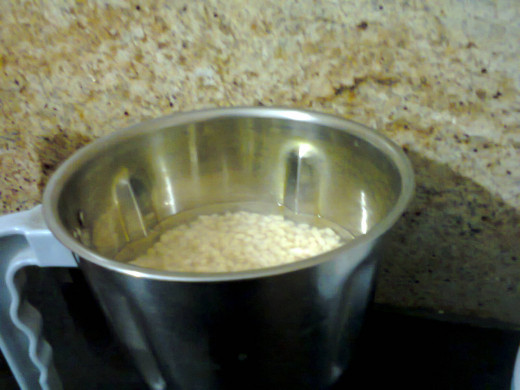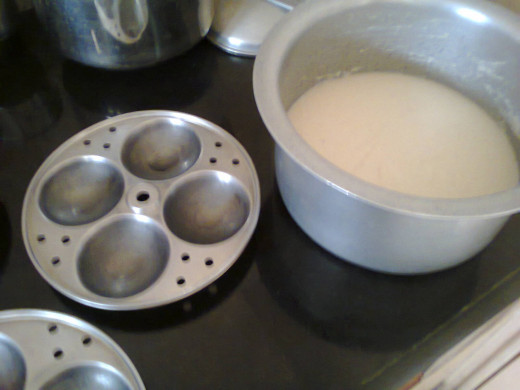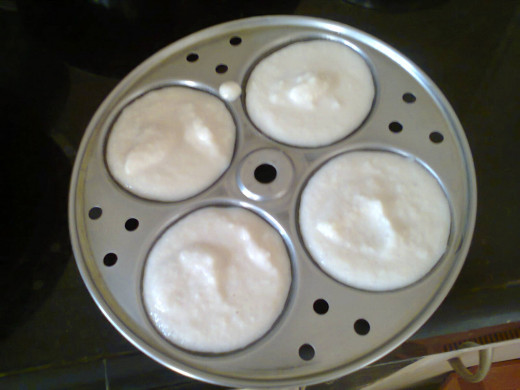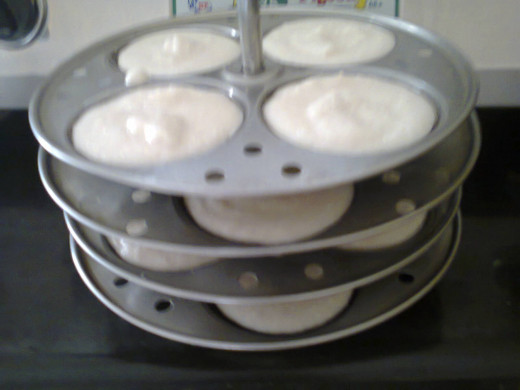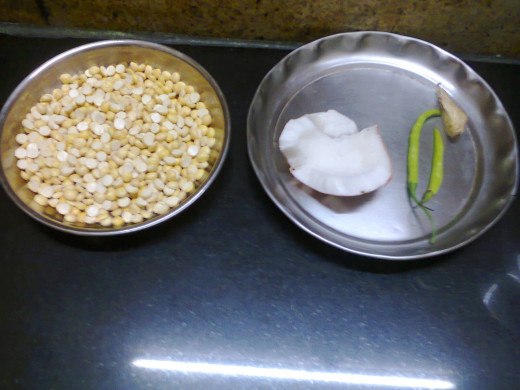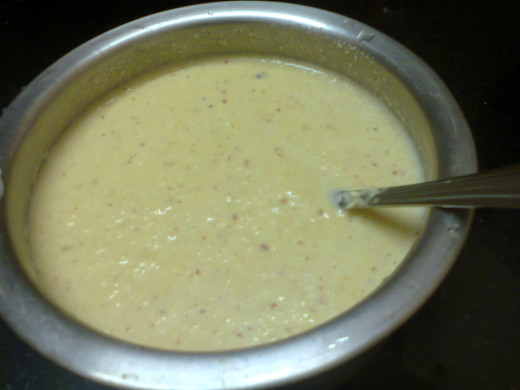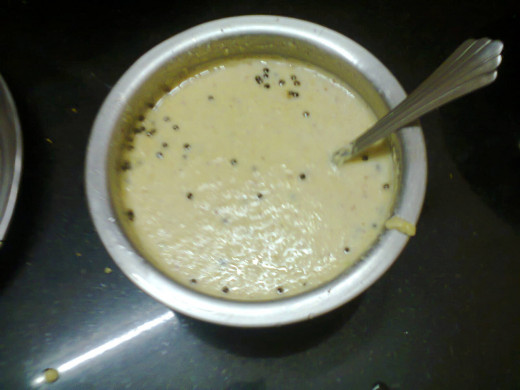Cottage Cheese in Sugar Syrup!
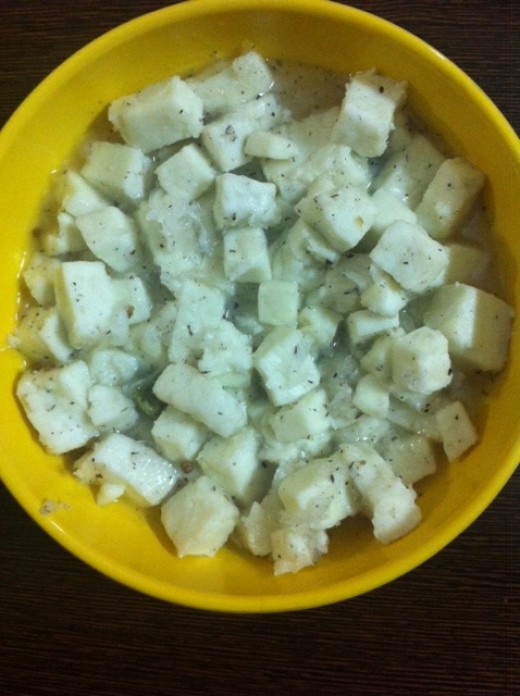
Low Calorie Cottage Cheese Dessert recipe | Source
Quick n easy Dessert ideas
I LOVE DESSERTS! But what to do about the high calories?
It's smarter to look at portions than to count calories.
-----Randy Jackson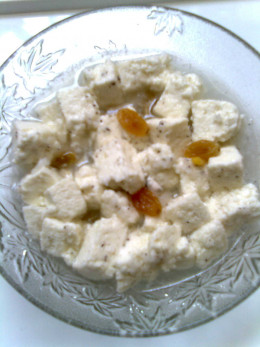
Cottage Cheese/ Paneer low calorie dessert | Source
I love Dessert but it has to be Low Calorie Dessert!
© Chitrangada Sharan, March 2012
All Rights Reserved.
-----It can be easily prepared at home, by curdling hot, boiling milk, with lemon juice or curd.
------After curdling,pass the milk through a sieve, discard the liquid and use the paneer/ cottage cheese.
-------Paneer/ cottage cheese is readily available at supermarkets, dairies as well.
--------Paneer or cottage cheese can be prepared at home as well. ( see link).
---------It is a simple and low calorie dessert.
--------I always keep Paneer in my refrigerator, because it is so easy to turn it into a great recipe and that too very quickly.
All Rights Reserved.
- Most of you will agree with me that for regular day to day cooking, the recipes which can be prepared with minimum or very few ingredients and that too very quickly are preferred.
- I always love cooking recipes with minimum ingredients and the ones which can be ready in few minutes.
- Too many preparations are meant for grand parties or weddings or other ceremonies.
- Desserts are a must in Indian cooking. And since you eat it daily, there can not be anything better than a low calorie dessert.
- Here is one such dessert option, which you would enjoy making and serving to your loved ones!
What is Paneer?
-----Cottage cheese or Paneer as it is commonly called in India, is a versatile and favorite ingredient, for the vegetarians and is enjoyed both in sweet dishes, sweets or salted recipes.-----It can be easily prepared at home, by curdling hot, boiling milk, with lemon juice or curd.
------After curdling,pass the milk through a sieve, discard the liquid and use the paneer/ cottage cheese.
-------Paneer/ cottage cheese is readily available at supermarkets, dairies as well.
--------Paneer or cottage cheese can be prepared at home as well. ( see link).
---------It is a simple and low calorie dessert.
--------I always keep Paneer in my refrigerator, because it is so easy to turn it into a great recipe and that too very quickly.
Cook Time
Prep time: 15 min
Cook time: 15 min
Ready in: 30 min
Yields: 4
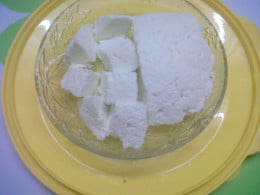
Home made Cottage cheese/ Paneer | Source
Other related hubs by Chitrangada Sharan
- How To Make Fresh And Pure Panner or Cottage Cheese ...
Paneer or Cottage Cheese is a popular option for vegetarians in India. It is so versatile, it can be cooked both as a sweet as well as salted recipe. Have you tried making fresh Paneer it at home----- - How to make Palak-Paneer or Spinach and Cottage cheese
Spinach or Palak combined with cottage cheese or Paneer, is nutrition combined with taste. In addition it is a dieter's delight, since it is low in calorie and does not use too much fat or oil.
Ingredients
- 200 grams. Cottage cheese or Paneer
- 2 tablespoons castor sugar
- 1/2 cup dry coconut, grated
- 1/2 teaspoonful green cardamom, powdered
- 1 teaspoonful raisins
- Take one litre of milk and put to boil. When it is boiled, add lemon juice and it will curdle. Pass through sieve and let the Paneer/ Cottage cheese cool/\.
- Cut the cottage cheese into small pieces, such as square or triangles, as you choose.
- Take a pan suitable for boiling liquids. Place a glass of water to boil, on medium flame. After 2 to 3 minutes add grated coconut, raisins and cardamom powder. One fourth water will evaporate by this time. Remove from fire and do not over boil, as the paneer will become hard.
- When the sugar syrup looks ready with a two thread consistency, add Paneer/ Cottage Cheese.
- Boil for another two minutes and then take it off the heat.
- Transfer in a serving bowl and add thin shredded almonds and saffron, if you like. You may even decorate it with Silver foil, which is how the Indian sweets are decorated to give an attractive finish.
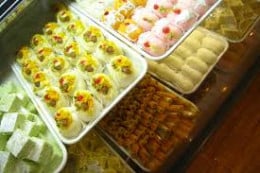
Indian Sweets Shop | Source
Do you prefer home made Cottage Cheese?
Other Dessert Recipes Made With Paneer
Paneer is a very popular food item in India and can be combined with some other ingredients to make delicious sweets.
- Rasgullas~~~ the sweet dumplings in sugar syrup.
- Rasmalai~~~ is made with soaking flat Rasgullas in thick and creamy milk syrup, containing the richness of saffron and pistachios.
- Sandesh~~~ is pure paneer or chenna, mixed with green cardamoms or similar flavours.
- Chamcham~~~ is another favourite sweet made with chenna or paneer, with a lovely sunshine yellow colour.
To Conclude:
- My children just love Paneer and why not!
- It is a good idea to make Paneer and store it in your refrigerator. In most Indian homes, you will find Paneer readily available in the refrigerator.
- But it is advisable to keep in deep refrigerator, otherwise it may become stale. You can take it out half an hour before cooking, so that it gets back at room temperature.
- With changing times, people are becoming more health conscious. So they prefer low calorie food, and the above recipe is an example of that.
- No ceremony is complete without Sweets, in India. And Paneer provides a huge variety in sweets. Almost every state in India has a different variety of sweet to offer.
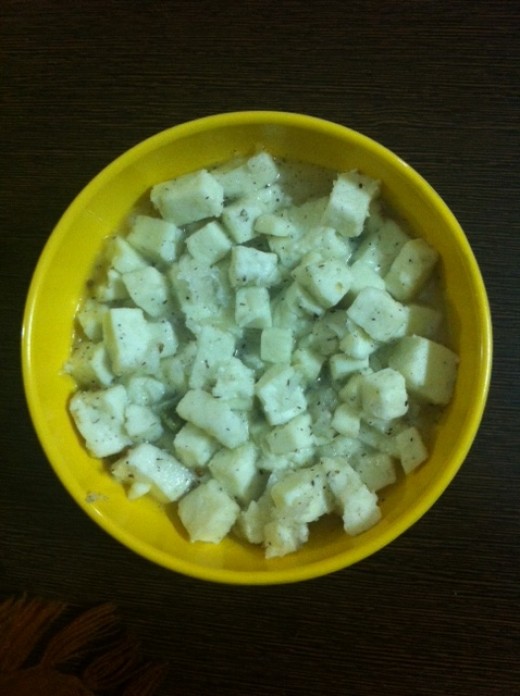
Low fat, low sugar Paneer Dessert recipe | Source




















